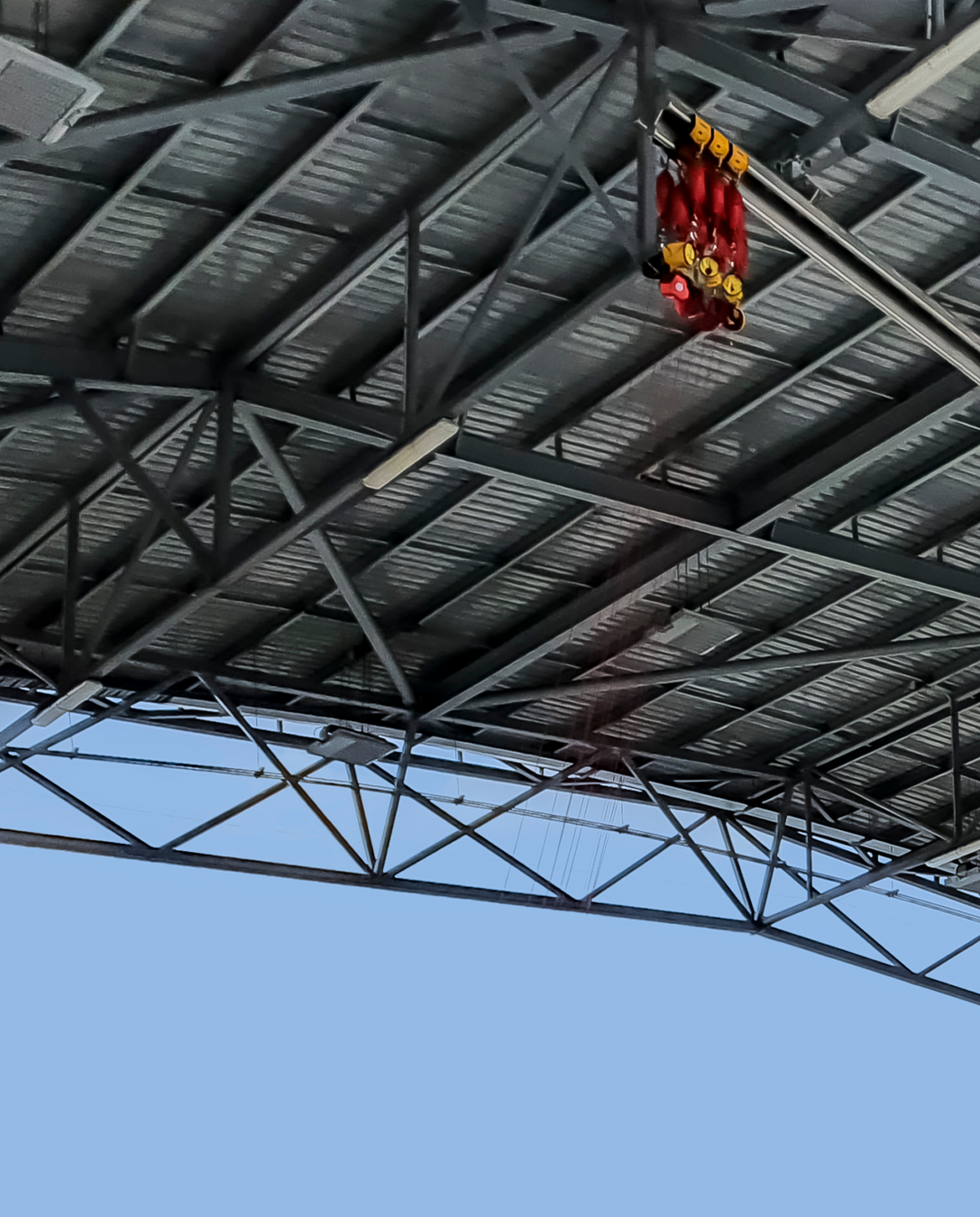Fall Prevention, Fall Arrest and Fall Restraint
When undertaking tasks at elevated heights, prioritising safety is paramount. Height safety training provided by a Registered Training Organization (RTO) ensures comprehensive assessment and hazard control measures, aligning with the requirements of work health and safety acts and regulations. Installing appropriate safety equipment is crucial in mitigating risks associated with working at heights. An essential aspect of height safety lies in comprehending the terminology and distinctions between fall prevention, fall arrest and fall restraint systems.
Fall Prevention Systems
Fall prevention systems, from an industry standpoint, encompass passive measures aimed at preventing falls. This category includes guardrail systems, which do not necessitate any physical connection to the worker or prior preparation. However, they typically represent the most expensive option among the three systems. When considering a fall prevention system frequency of access and persons required to perform work is recommended to be assessed prior.
Fall Arrest Systems
Designed to safeguard workers once a fall has occurred, fall arrest systems represent the least preferred and highest risk option. It's crucial to have a meticulously prepared rescue plan in place when utilising a fall arrest system.
There are two main types of fall arrest systems: general and personal. Personal systems incorporate equipment like harnesses and lanyards with shock absorbers, while general systems encompass safety nets and catch platforms, often used alongside scaffolding.
Fall Restraint Systems
Fall restraint systems act to physically prevent a worker from reaching and potentially falling from an edge. Various types of fall restraint systems exist, typically involving the worker's connection to a roof anchor point via a lanyard. Examples include overhead rail, roof rail and staticline systems, suitable for situations where workers need more freedom of movement. Single-point anchors, ideal for smaller, clearly defined work areas.
When selecting a system for a particular work area, it's imperative to consider individual requirements and accessibility factors. Each system is meticulously designed to ensure personnel safety while working at heights, with unique benefits associated with each.
A comprehensive understanding of fall prevention, fall arrest, and fall restraint systems is fundamental for implementing effective height safety protocols. By selecting and deploying the appropriate system for specific work scenarios, organisations can significantly reduce the likelihood of accidents and uphold the well-being of their personnel.
The Safetylyne Way
At Safetylyne, we establish and develop cutting-edge roof safety and maintenance access solutions for our clients' evolving needs. We are your trusted partner offering specialised insights into
proprietary engineered systems and
custom access solutions. Our mission is to simplify the complexities encompassing access solutions.
Get in touch with Safetylyne, experts in height safety, today to explore tailored solutions for your height safety and maintenance access needs.
info@safetylyne.com.au | 07 2112 9701
IN SITU
Site by Wülfe Marketing
All Rights Reserved
We improve our products and advertising by using Microsoft Clarity to see how you use our website. By using our site, you agree that we and Microsoft can collect and use this data. Our privacy policy has more details.
